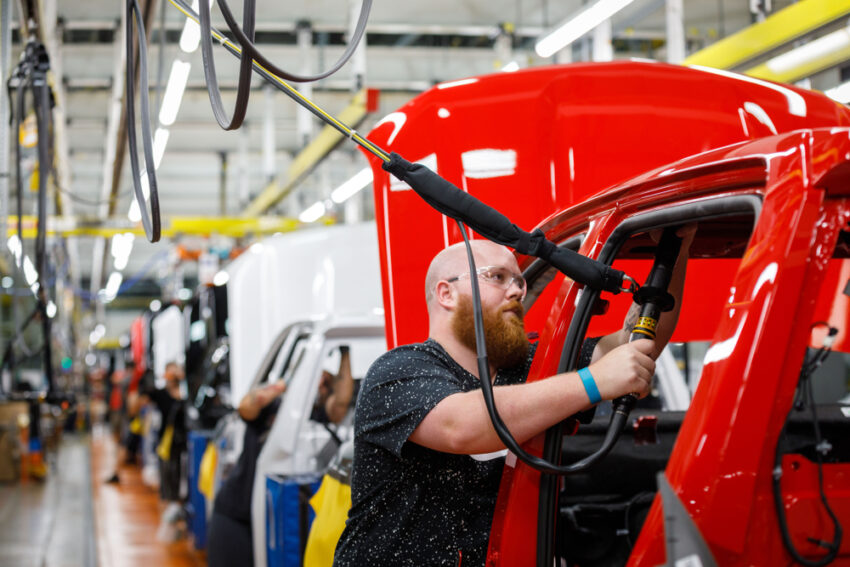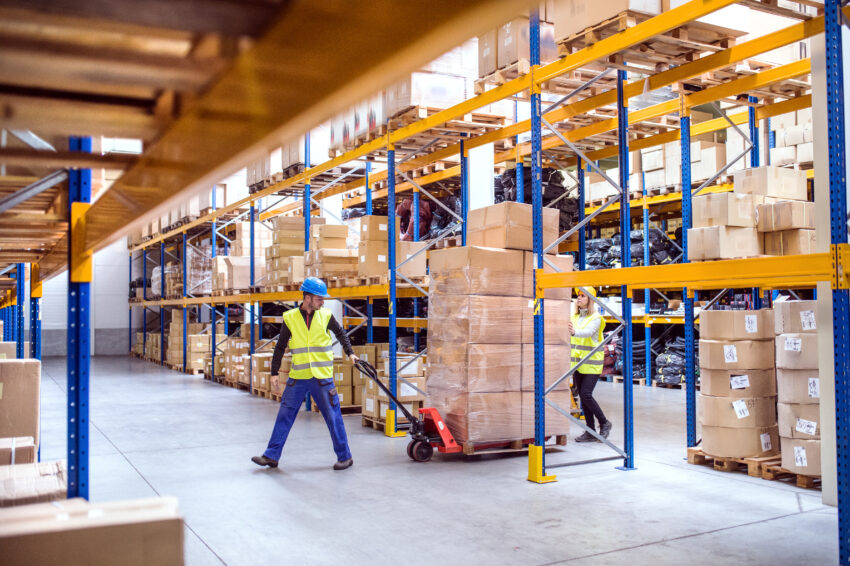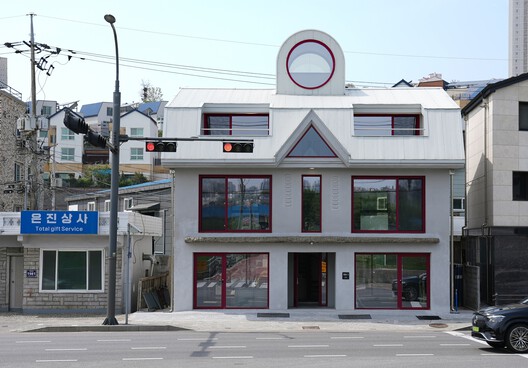When reuse isn’t better: The case of pallet packaging
European Plastics Converters (EuPC) is the EU-level trade association representing the European plastics converting industry. Plastics converters use plastics raw materials and recycled polymers to manufacture new products. EuPC totals about 45 national as well as European plastics converting industry associations and represents more than 50,000 companies, producing over 50 million tons of plastic products every year. More than 1.6 million people are working in EU converting companies (mainly SMEs) to create a turnover in excess of € 260 billion per year.
The results are clear: imposing blanket reuse targets for pallet packaging will do more harm than good — both environmentally and economically.
As part of the EU’s new Packaging and Packaging Waste Regulation (PPWR), policymakers have introduced mandatory reuse targets for plastic pallet packaging — like stretch wrap and hoods — under Article 29. To understand the real-world impact of this proposal, EuPC commissioned two independent studies:
- A life cycle environmental assessment by IFEU (Germany)1
- An economic impact analysis by RDC Environment (Belgium)2
The results are clear: imposing blanket reuse targets for pallet packaging will do more harm than good — both environmentally and economically.
What the environmental study found
IFEU’s life cycle assessment shows that switching from single-use plastic wrap and hood to reusable systems could actually increase CO2 emissions from 35 percent to up to 1,700 percent, depending on the specific use case. In every application studied, single-use solutions performed better than reusable alternatives across all environmental impact categories — from emissions to resource use.
What the economic study found
RDC’s economic analysis looked at eight key industrial sectors — including retail, agriculture, cement and glass — and found that mandatory reuse systems could result in up to €4.9 billion in additional annual costs just for these eight sectors alone.
Some sectors would be hit particularly hard, seeing potential increased production costs of:
- Retail: up to €400 million
- Glass: up to €780 million
To clarify, these figures refer exclusively to the eight industrial sectors analyzed in the study, which represent only a portion of the product categories transported on pallets in the EU. Since other sectors are not included, the overall EU-wide impact would exceed the €4.9 billion estimated for this limited sample.
Enterprises are likely to face the greatest challenges under mandatory reuse systems. Many lack the reverse logistics or automation needed for reuse systems. For exporters, the burden is even greater, as they would be forced to operate two parallel packaging systems: one compliant with EU reuse requirements and another for non-EU markets. Currently, there are no large-scale reusable packaging systems in place, meaning an entirely new infrastructure would need to be developed within an extremely short timeframe. This raises serious legal, operational and economic concerns, especially for the most vulnerable segments of the market.
What it all means
Both studies agree that replacing recyclable single-use pallet wrap with reusable alternatives is neither greener nor cheaper. If enforced, the proposed reuse targets could undermine PPWR’s goals of creating a truly circular and efficient packaging economy.
That’s why EuPC is calling for the exclusion of pallet wrap and straps from Article 29, using the flexibility allowed through delegated acts under Article 29(18a) and 29(18c).
If enforced, the proposed reuse targets could undermine PPWR’s goals of creating a truly circular and efficient packaging economy.
The smarter way forward
Single-use, recyclable plastic pallet packaging is already a reality aligned with Europe’s sustainability goals. Solutions that truly work in real-world logistics that are efficient, scalable and sustainable are already an economic reality.
Notes
Disclaimer: This document reflects EuPC’s independent position and communication. The data and analysis cited are based on studies commissioned by EuPC.
1 Comparative life cycle assessment of various single use and reuse transport packaging
2 Economic impact of switching to reusable options for pallet wrapping




















:quality(85):upscale()/2025/09/09/891/n/1922283/7222624268c08ccba1c9a3.01436482_.png)
:quality(85):upscale()/2023/10/03/668/n/1922283/1f15c8a9651c2d209e5eb5.32783075_.jpg)
:quality(85):upscale()/2025/08/14/650/n/1922283/470aeb83689df49cdc1bb6.14084110_.jpg)
:quality(85):upscale()/2025/08/13/775/n/1922283/3c0cbead689ccd0c422644.10221678_.png)
:quality(85):upscale()/2025/01/08/844/n/1922398/cde2aeac677eceef03f2d1.00424146_.jpg)













:quality(85):upscale()/2025/07/10/708/n/1922398/8fe2782e686fe372b38bf8.29984296_.jpg)

